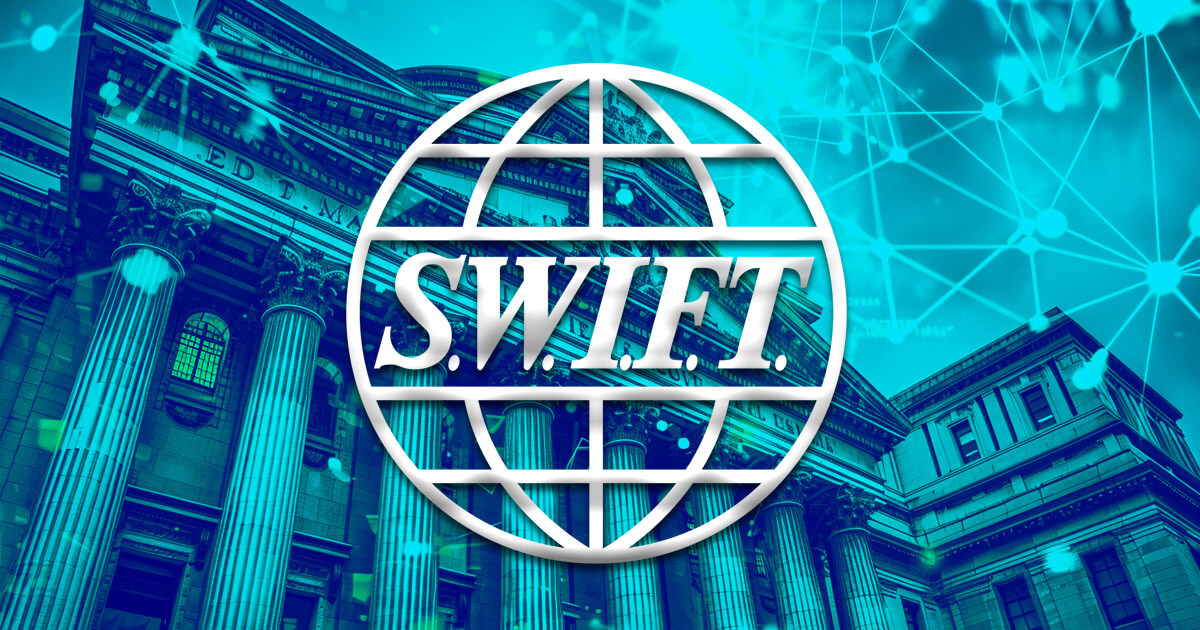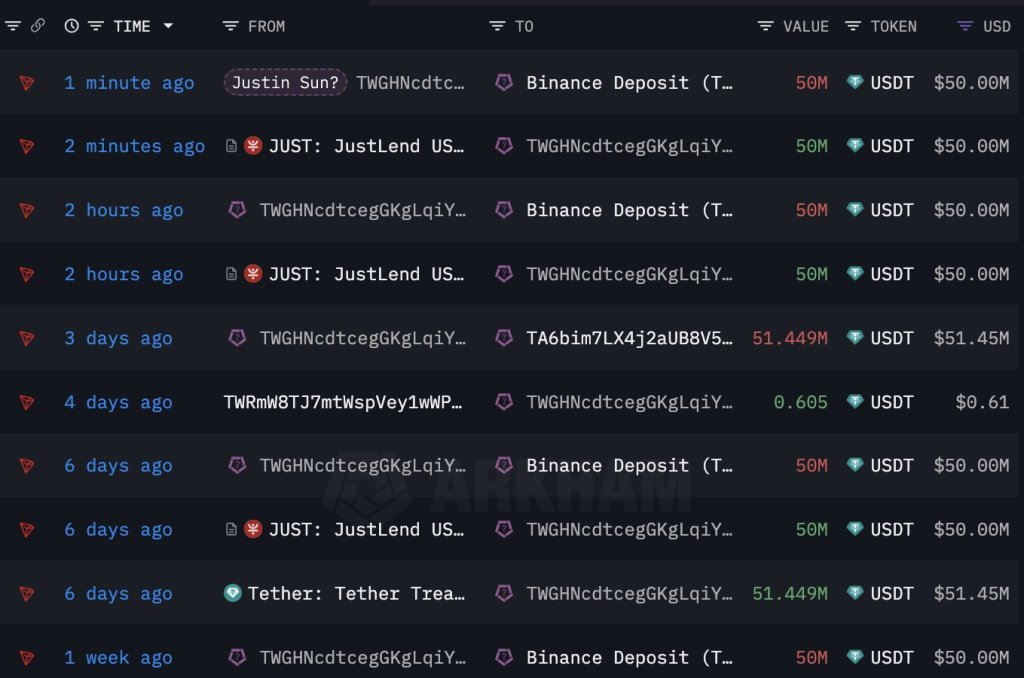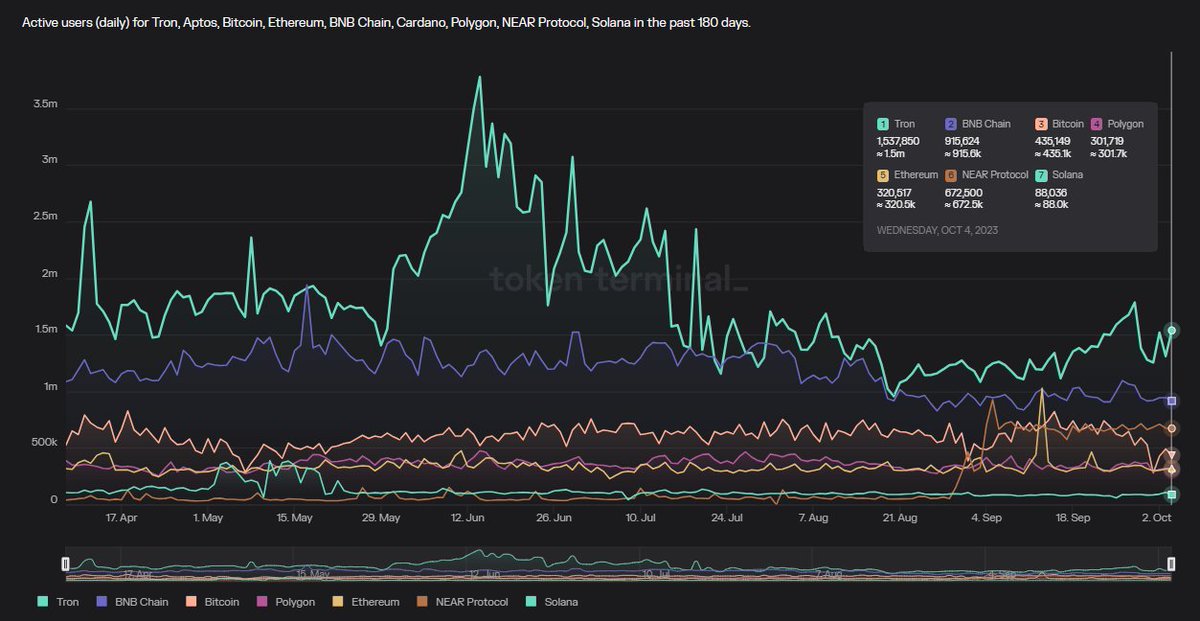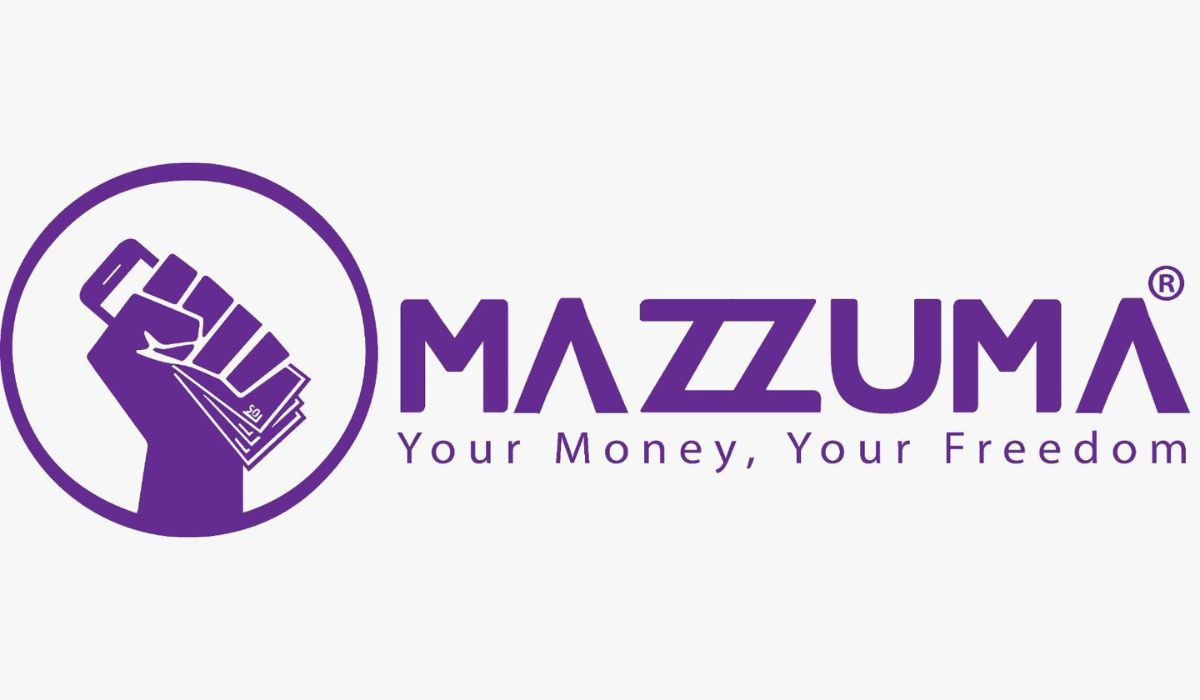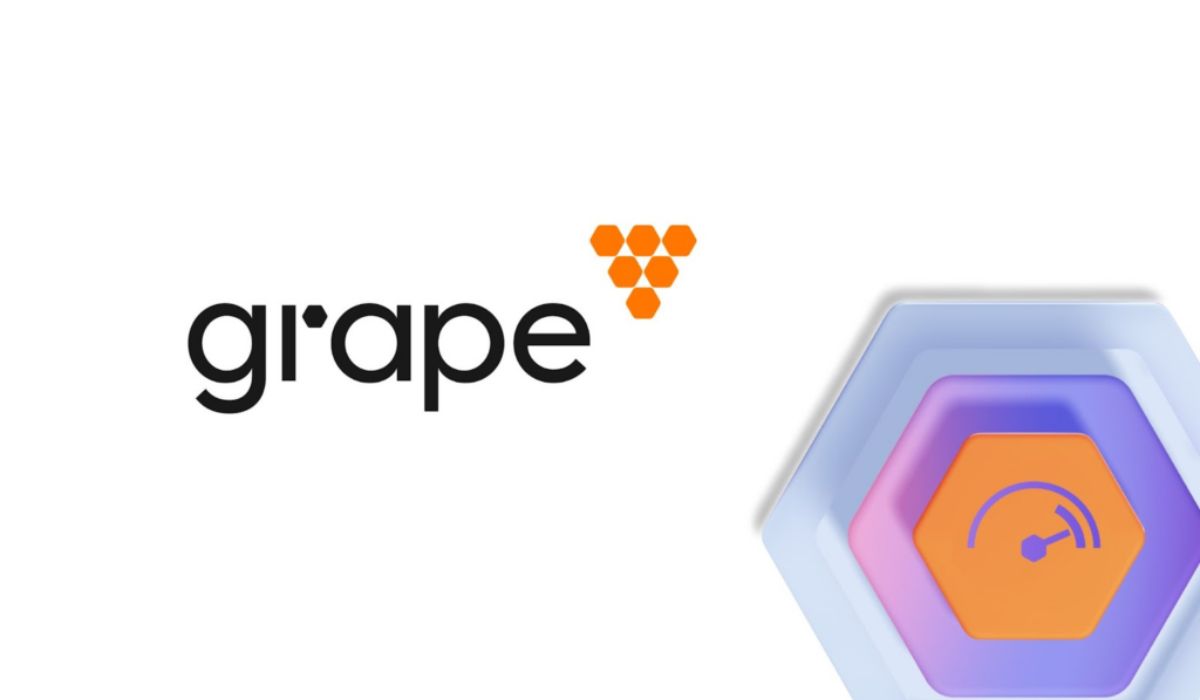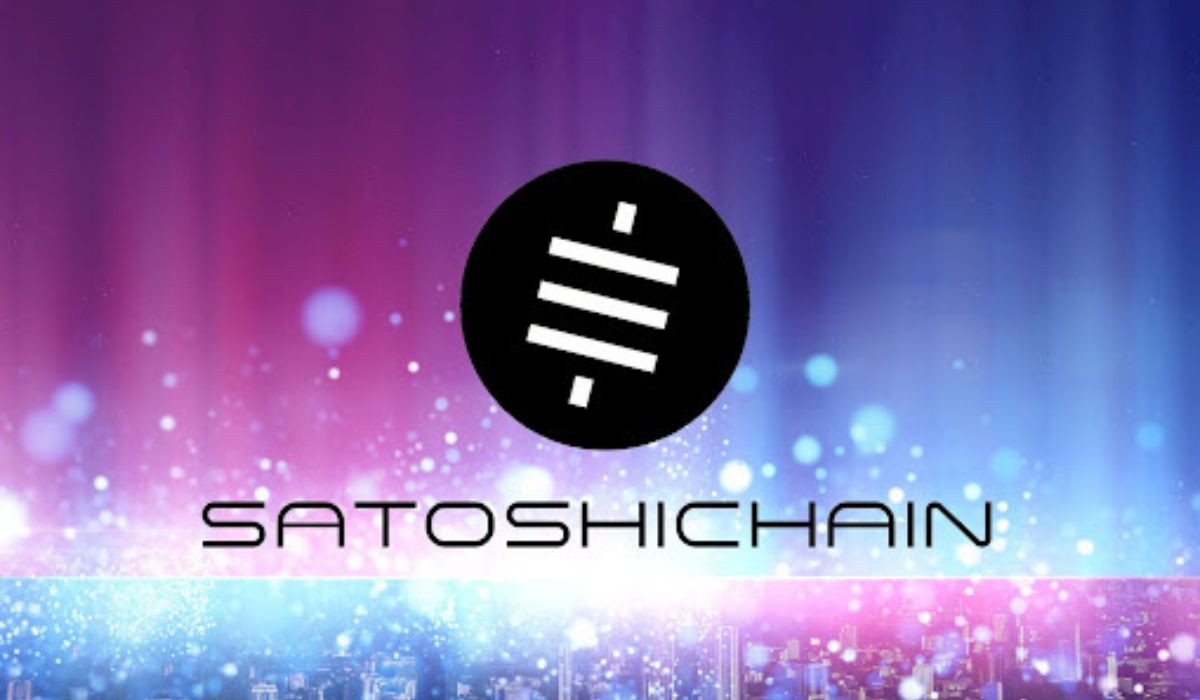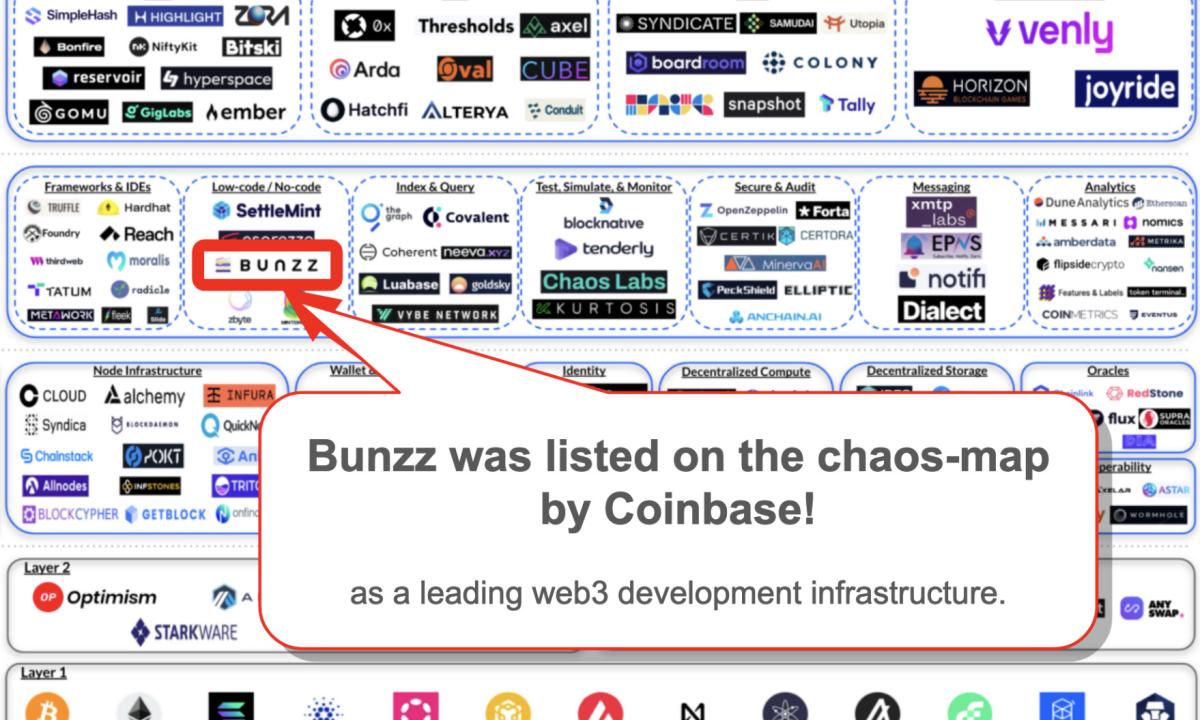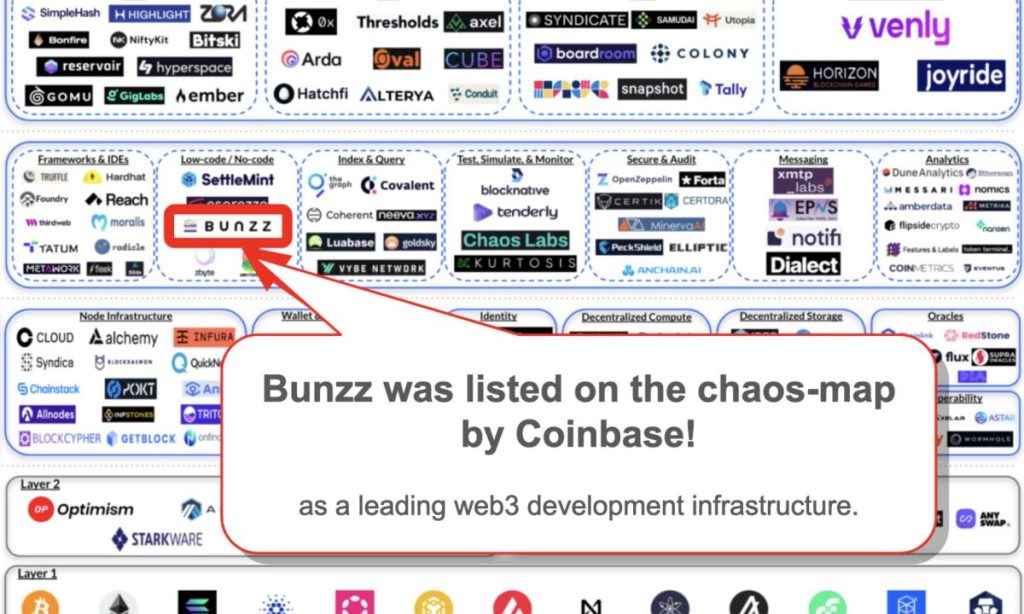
2024-5-28 21:00 |
The crypto industry has several unique approaches to smart contract execution and decentralized applications (DApps). These innovations are driven by the need for scalability, security, and efficiency, allowing developers to build increasingly sophisticated applications. Yet, what is so different between the smart contracts on different blockchains? Which is the smartest smart contract platform?
Turing completeness is a key aspect of smart contracts. Turing completeness is a concept from computational theory that refers to a system’s ability to perform any computation given enough time and resources. It is named after the British mathematician and logician Alan Turing, who developed the concept in the context of the theoretical Turing machine.
Among the leading blockchain platforms, Ethereum, Internet Computer (ICP), Polkadot, Cardano, and Solana stand out for their distinct strategies in leveraging Turing completeness and smart contracts. This article explores how each platform addresses the challenges and opportunities in the blockchain space, highlighting their specific capabilities and contributions to the decentralized ecosystem.
Ethereum Smart ContractsThe Ethereum Virtual Machine (EVM) stands as a cornerstone of the Ethereum network, a decentralized platform enabling the execution of smart contracts and decentralized applications (DApps). The EVM is a stack-based virtual machine designed specifically for Ethereum, facilitating the computation of state changes after each new block addition. Its Turing completeness allows for executing any computation given sufficient resources, making Ethereum capable of supporting complex smart contracts and DApps. This capability, however, necessitates a gas mechanism to measure and manage the computational effort required for each operation. Gas prevents infinite loops and ensures network stability by requiring users to specify a gas limit for their transactions, halting any that exceed this limit.
Smart contract development on Ethereum primarily uses Solidity, a statically typed, contract-oriented, high-level programming language influenced by C++, Python, and JavaScript. Solidity supports inheritance, libraries, and complex user-defined types, enabling developers to write smart contracts that implement intricate business logic and generate a chain of transaction records on the blockchain. Compiled into EVM bytecode, Solidity code is deployed to the Ethereum blockchain, where the EVM executes it to perform the specified operations.
Security is paramount in Ethereum smart contracts, given their immutable nature and the significant value they often control. Common vulnerabilities include reentrancy attacks, integer overflows, and improper use of delegatecall. High-profile incidents like the DAO hack and Parity wallet issues highlight the importance of secure coding practices.
Despite its theoretical Turing completeness, the EVM faces practical limitations due to the gas mechanism. Gas limits curtail infinite loops and excessively complex computations, ensuring the network remains functional and efficient. This practical constraint is crucial for maintaining network stability, though it limits the complexity of operations that can be executed.
Ethereum’s Turing completeness has enabled a wide range of applications, including fungible (ERC-20) and non-fungible (ERC-721) tokens, DeFi platforms, decentralized exchanges, and decentralized autonomous organizations (DAOs). These capabilities have fostered a thriving ecosystem of DApps and services. Additionally, EVM compatibility allows developers to port their DApps and tokens to other EVM-compatible chains like Polygon and Avalanche, enhancing interoperability and expanding the ecosystem.
Ethereum’s pioneering role in blockchain technology drives innovation and adoption in the decentralized application space. Its Turing completeness, coupled with the flexibility and security measures of the EVM, positions Ethereum as a leading platform for developing and deploying smart contracts and DApps.
The Internet Computer Protocol Smart Contracts & CanistersThe Internet Computer (ICP), developed by the DFINITY Foundation, introduces a novel approach to decentralized applications (DApps) and services through its unique architecture. At the core of ICP are canister smart contracts, which combine code and state, allowing for sophisticated computation and data storage. These canisters are Turing complete, enabling the execution of any computation given sufficient resources. This capability supports the development of complex DApps entirely on-chain, offering a scalable and efficient platform.
One of ICP’s standout features is its reverse gas model. Unlike traditional blockchains, where users pay transaction fees, ICP developers pre-pay for computational resources by converting ICP tokens into cycles. These cycles, which are stable and pegged to the Special Drawing Rights (SDR), cover the costs of computation, storage, and bandwidth. This model eliminates the need for end users to hold tokens or pay gas fees, simplifying the user experience and enabling developers to implement their own tokenomics and monetization strategies.
ICP’s interoperability extends to other blockchains, notably through its direct interaction with the Bitcoin network. Features like Threshold ECDSA and the Bitcoin adapter enable canisters to securely hold, receive, and send BTC. Furthermore, ICP has introduced an API that allows its smart contracts to communicate with any Ethereum Virtual Machine (EVM) chain, facilitating cross-chain liquidity and integration with other blockchain ecosystems.
Security and scalability are paramount for ICP. Chain-key cryptography ensures the security and integrity of smart contracts through secure key management and digital signatures. ICP’s architecture supports horizontal scaling by adding new subnets, allowing for the deployment of an unlimited number of canisters and storing vast amounts of data. This scalability is essential for large-scale applications, ensuring the platform can grow to meet increasing demands.
Practical considerations for developers include managing the cycle balance of their canisters to ensure continuous operation. Tools like CycleOps automate this process, making it easier to maintain and top up canisters as needed. The stable cost of cycles also makes ICP an attractive platform for building cost-effective and scalable DApps, providing predictable and manageable expenses for developers.
ICP supports various applications, from simple, smart contracts to complex multi-canister projects. Decentralized social media platforms like DSCVR, decentralized email services like Dmail, and various DeFi applications exemplify the diversity of use cases on ICP. The platform’s aim to provide a decentralized alternative to traditional cloud services emphasizes its potential to revolutionize how applications are built and operated, offering security, scalability, and user-friendly experiences.
The Internet Computer’s approach to smart contracts, leveraging Turing completeness, a reverse gas model, and robust interoperability features, positions it as a powerful platform for the next generation of decentralized applications and services. Its emphasis on security, scalability, and cost efficiency further enhances its appeal, making it a significant player in the evolving blockchain landscape.
Polkadot Smart Contracts on ParachainsPolkadot is designed to enable interoperability among various blockchains through its unique architecture. The network’s core comprises the relay chain and parachains, each playing a distinct role in maintaining the system’s functionality and scalability. The relay chain serves as the central hub, providing shared security, consensus, and interoperability, while the parachains are independent blockchains tailored for specific use cases, supporting a diverse range of decentralized applications (DApps).
As a layer 0 protocol, the relay chain does not natively support smart contracts but facilitates the coordination and security of connected parachains. These parachains can communicate with each other and external blockchains via bridges, enabling seamless asset and data transfers across different networks. This interoperability is a key feature of Polkadot, fostering a cohesive ecosystem where various blockchains can operate together.
Polkadot supports smart contracts through several environments, notably ink! and Ethereum Virtual Machine (EVM) compatibility. Ink! is a Rust-based language explicitly designed for the Polkadot ecosystem, allowing developers to write efficient and secure WebAssembly (Wasm) smart contracts. Polkadot also supports Ethereum-compatible smart contracts via the EVM pallet, enabling developers to port their existing Ethereum DApps to Polkadot with minimal modifications.
Parachains like Moonbeam and Astar Network exemplify Polkadot’s versatile smart contract capabilities. Moonbeam is an Ethereum-compatible parachain that supports Solidity smart contracts, allowing developers to utilize familiar Ethereum tools and libraries. Astar Network supports EVM and Wasm smart contracts, offering true interoperability with cross-consensus messaging (XCM) and cross-virtual machine (XVM) capabilities. Phala Network, another notable parachain, provides Turing-complete smart contracts with enhanced privacy and security through Trusted Execution Environments (TEEs) and Phat Contracts for off-chain computation.
The Substrate framework underpins Polkadot’s development, providing a modular toolkit for building blockchains and parachains. Substrate supports multiple programming languages, including Rust, Go, and C++, offering developers flexibility. Polkadot’s testnets, such as Kusama and Rococo, provide real-world environments for testing and optimizing smart contracts before deployment on the mainnet.
Security in Polkadot is bolstered by its shared security model, where the relay chain ensures the collective security of all connected parachains. This shared security mechanism is critical for maintaining the integrity and trustworthiness of the network. Comprehensive security audits, both manual and automated, are integral to Polkadot’s approach, with tools and services from firms like ImmuneBytes and Hacken helping to identify and mitigate potential vulnerabilities.
Polkadot’s use cases span various sectors, with DeFi being a prominent area. Projects like Acala Network offer DeFi products, including decentralized exchanges (DEXs), staking, and stablecoins, leveraging EVM and Substrate-based smart contracts. Phala Network’s privacy-preserving smart contracts enable secure DeFi applications, such as confidential trading and data management.
Cross-chain interoperability is a hallmark of Polkadot, supported by various bridge solutions that connect with external blockchains like Ethereum and Bitcoin. These bridges facilitate cross-chain asset transfers, expanding the reach and utility of the Polkadot ecosystem. Additionally, Polkadot supports gaming and non-fungible token (NFT) applications through parachains like Astar Network, providing a versatile platform for innovative gaming experiences and digital asset management.
Polkadot’s architecture, combining the relay chain and parachains, creates a robust and scalable environment for developing Turing-complete smart contracts. Its support for multiple smart contract languages and environments and a strong emphasis on interoperability and security position Polkadot as a leading platform for the next generation of decentralized applications.
Cardano Smart ContractsCardano, a blockchain platform known for its research-driven approach, offers a unique environment for developing smart contracts. Unlike Ethereum, which relies on a single Turing-complete language, Cardano employs a dual-language approach to balance flexibility and security. This includes Plutus, a Turing-complete language, and Marlowe, a non-Turing-complete domain-specific language (DSL) tailored for financial contracts.
Based on Haskell, Plutus allows developers to write complex and expressive smart contracts. Its features include higher-order functions, lazy evaluation, and immutable data structures, hallmarks of functional programming. Plutus contracts consist of on-chain code that runs on the Cardano blockchain and off-chain code that operates on the user’s machine, helping to manage computational resources efficiently. Using Haskell’s strong type system and formal verification capabilities ensures the correctness and security of smart contracts, reducing the risk of vulnerabilities.
Marlowe, in contrast, is designed specifically for financial agreements and is non-Turing-complete. This design choice guarantees termination, meaning contracts will always complete their execution, avoiding issues like infinite loops. Marlowe’s simplicity and safety make it accessible to users without programming experience. It supports visual programming and traditional coding through the Marlowe Playground, a sandbox environment for developing, simulating, and testing contracts.
Security is a critical focus for Cardano, with formal verification and thorough code audits emphasized to identify and fix vulnerabilities before deployment. The Extended Unspent Transaction Output (EUTxO) model used by Cardano ensures that transactions are deterministic and predictable, enhancing security by simplifying transaction validation and reducing the risk of unexpected outcomes. Additionally, Cardano treats tokens as native assets, simplifying token transactions and minimizing the risk of smart contract exploits.
Developing smart contracts on Cardano requires familiarity with Haskell for Plutus and an understanding of Marlowe for financial contracts. Educational resources like the IOG Academy provide learning paths for developers and financial professionals. Tools like the Marlowe Playground and the Plutus development environment aid in simulating and testing contracts before deployment, ensuring they function as intended.
Cardano’s approach to scalability includes Hydra and Mithril, solutions designed to enhance throughput and reduce overhead. These technologies make the platform suitable for large-scale applications. Cardano’s proof-of-stake (PoS) consensus mechanism, Ouroboros, is energy-efficient and scalable, addressing the limitations of older blockchain networks.
By combining Turing-complete and non-Turing-complete languages, Cardano aims to offer a robust and secure environment for developing decentralized applications. Its emphasis on formal verification, security, and scalability positions it as a strong competitor in blockchain, capable of supporting a wide range of innovative and secure applications.
Solana Smart ContractsSolana is engineered to support decentralized applications (DApps) and smart contracts with a focus on speed, scalability, and low transaction costs. The Solana Virtual Machine (SVM) plays a central role in achieving these goals by providing the execution environment for Solana’s smart contracts. Designed to handle high transaction throughput and low latency, the SVM ensures efficient processing, leveraging Turing completeness to enable any computation given sufficient resources.
The SVM’s Turing completeness allows developers to create complex and versatile smart contracts on the Solana blockchain. Solana’s unique architecture, including the Sealevel parallel execution engine, significantly enhances the network’s throughput and efficiency by processing multiple transactions simultaneously. This parallel execution capability is crucial for maintaining the high performance that distinguishes Solana from other blockchain platforms.
Smart contract development on Solana primarily uses Rust and C, chosen for their performance and safety features, which are critical for developing secure and efficient contracts. The Anchor framework further simplifies this process by providing tools and libraries that streamline development and ensure best practices. To set up the development environment, developers install the Solana Command-Line Interface (CLI) and Rust, essential for deploying and managing smart contracts on the network.
Solana’s Proof of History (PoH) consensus mechanism is a key innovation that timestamps transactions to create a verifiable order of events. This reduces the time required to reach consensus and enhances network speed and efficiency. Combined with other architectural innovations, PoH allows Solana to process over 50,000 transactions per second, making it one of the fastest blockchain platforms.
Unlike traditional EVM-based blockchains, Solana’s smart contracts are stateless, meaning the contract logic is separated from the state, which is stored in external accounts. This separation enhances security and scalability by isolating the contract code from the data it interacts with. Solana’s account model allows for program reusability, enabling developers to create new tokens or applications by interacting with existing programs, reducing the need to redeploy smart contracts, and lowering costs.
Security remains a priority in Solana’s ecosystem. Common vulnerabilities include account management errors, arithmetic errors, and potential reentrancy attacks. Comprehensive security audits, combining manual code reviews and automated testing tools, are employed to identify and mitigate these risks. The Solana community actively audits and secures smart contracts, fostering a collaborative environment focused on enhancing security.
Gaming applications on Solana benefit from its speed and scalability, allowing for fast and reliable transaction processing essential for immersive and interactive experiences. Additionally, Solana supports various Web3 projects, enabling decentralized social networks, content platforms, and other applications that leverage blockchain technology for enhanced security and user control.
Solana’s unique approach to smart contracts, leveraging Turing completeness, stateless architecture, and innovative consensus mechanisms, positions it as a leading platform for decentralized applications. Its focus on speed, scalability, and low costs makes it an attractive choice for developers and users, driving its adoption and fostering a dynamic ecosystem.
Smart Contract ConclusionsIn conclusion, the diversity in approaches to Turing completeness and smart contract execution across platforms like Ethereum, ICP, Polkadot, Cardano, and Solana showcases the innovation within the blockchain ecosystem.
Each platform offers unique strengths—whether it’s Ethereum’s extensive DApp ecosystem, ICP’s user-friendly model, Polkadot’s interoperability, Cardano’s focus on security, or Solana’s unmatched speed and scalability. These differences provide developers with a rich selection of tools and environments to build the next generation of decentralized applications, driving the evolution and adoption of blockchain technology across various industries.
There’s no ‘best’ blockchain for smart contracts – each has its benefits, and ultimately, network effects and adoption are what will showcase the strengths of each chain. A multichain future is now all but certain, with many blockchains serving different parts of the global economy.
The post Are all smart contracts created equal? How top Turing-complete blockchains compare appeared first on CryptoSlate.
origin »SmartCash (SMART) на Currencies.ru
|
|
